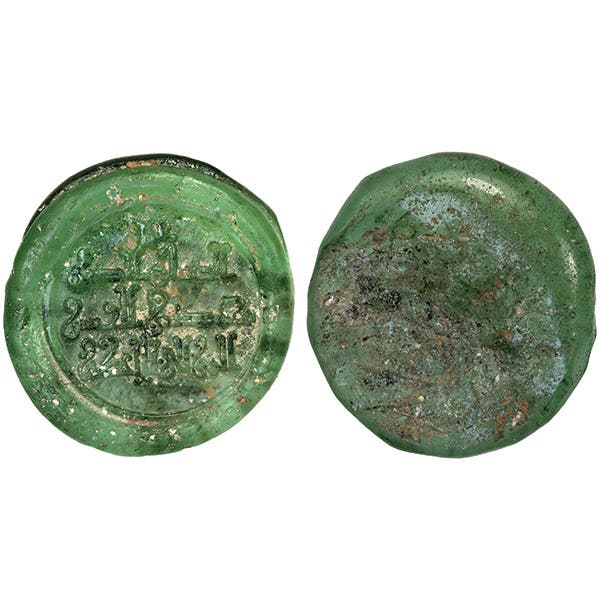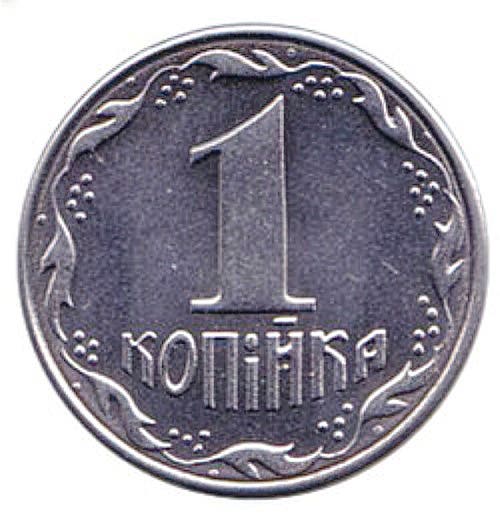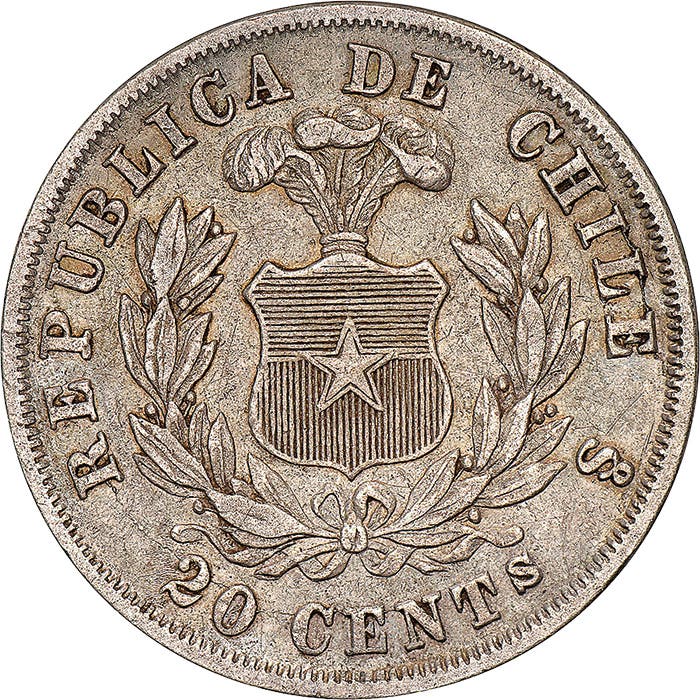Coinage of Transdniestria
There are a few general reasons why people fight each other. There is economics: people try to take other people’s stuff and that’s a good enough reason for them. Or…
There are a few general reasons why people fight each other. There is economics: people try to take other people’s stuff and that’s a good enough reason for them. Or they don’t like what the neighbors are doing. Or they’re loyal to someone who’s into fighting and they go along. Or they feel bad about themselves and it’s easier to take it out on certain designated neighbors.
One could look at the whole of human history and probably conclude that fighting other people is one of the main things people do.
Back when all there was by way of governments was monarchs, of various degrees of absoluteness and power, long reigns of peace with smooth successions on both ends were rare. Antoninus Pius in Rome comes to mind. Usurpations and assassinations and civil wars were far more common than peace and quiet.
People have always been migrating too. The situation becomes dicey at home, pack up and move. Which, back then, usually meant walking in some direction, carrying all your stuff, or hiring someone to carry it for you. In the new place, maybe they’d welcome you with open arms. More often the welcome was somewhat colder. One could make a case for the proposition that “kick them while they’re down” is the default human social situation. That’s why all the scriptural religions tell you that you must be nice to strangers.
Eastern Europe seems to have a robust reputation for that kind of cultural intolerance. The area we’re looking at here, Transdnistria, could be taken as a paradigmatic example of ethnic groups not getting along.
All the member countries of the UN agree that it is not a real country. Only a few other unrecognized countries call it a country, like South Ossetia. Even Russia, which supports Transdnistria in every convenient way, does not call it a country.
There are several “frozen” conflict zones in the world. The military and/or diplomatic contests are stalled, and life goes on under the threat that someone could decide to make things go boom at any time.
Several of those zones are in eastern Europe. A big one is Bosnia-Herzegovina, where an ethnically Serb region runs its own show under the terms of an accord that will last only if it’s convenient for the principals.
Transdnistria means “across the Dniester River.” It is spelled in various ways: Transdniestria, Transnistria, etc. The Trans- varieties come from variant Romanian usages. The Russian version is Pridnestrovia.
It is a narrow strip of land on the eastern border of Moldova, on the other side of which is Ukraine. Moldova is a former Soviet Republic, where most people speak Romanian.
What is now Moldova was part of Romania before World War II, called Moldavia. Moldavia was independent for a while in the Middle Ages, then was conquered by the Ottoman Turks, who held it until 1859.
Russia started nosing around in the region in the 18th century. Recall the copper coins made by the Russian occupying troops in the 1770s for Moldavia and Wallachia.
In 1859 Moldavia and Wallachia came together in a new country: Romania. It started out as a semi-autonomous princedom within the Ottoman Empire, backed by Russia and the “Great Powers” of Europe. The backers pushed the Ottomans out in succeeding decades, until Romania was acknowledged as fully independent.
Tensions grew with Russia and there was popular distaste for the Habsburgs of Austria-Hungary. There were a couple of “Balkan Wars” before World War I in which Romania grabbed little pieces of its neighbors’ territories.
Romania, in World War I, did a tightrope act that kind of came apart at the end. It started out neutral, then went for the Entente (Allies, colloquially) against the Central Powers, then there was an armistice, then it declared war again for about a day right at the end.
It was fighting, when it was fighting, with Russia and against Austria, notwithstanding that longstanding dislike of Russia, even though Russia helped Romania emerge from Turkish domination.
When the Russian Revolution happened and Russia dropped out of the war, Romania was in an untenable position, and signed that armistice. Then, right at the end of the war, it did a little quick mobilizing and seized some territory in Transylvania, then part of Austria-Hungary.
After 1918, Romania was feeling good about itself, and Russia was busy with its civil war. Romania took Bessarabia and eastern Moldavia from Russia, and some other territories from Bulgaria and newly created Hungary.
Early in the Russian Revolution several regions of what had just been “Russia” declared independence. Most went through a few governments before the formation of the USSR in 1922. At that point Ukraine became a separate Soviet Republic and “voluntarily” joined the Soviet Union.
Ukraine then shared a border with Romania, but it didn’t matter, because it was part of the USSR, where all the decisions came from Moscow.
World War II came around. Stalin’s people and Hitler’s people made a deal. The basic terms were the Germans were going to go make war and the Soviets were going to let them do it. In return the USSR got to pick up some territorial crumbs, like a good-sized chunk of Poland, the three Baltic states of Estonia, Lithuania, and Latvia.
Romania also had a deal with Hitler, but it concerned trade, not guarantees of mutual defense. So, when the Soviets just went and took back the parts of eastern Moldavia and Bessarabia that Romania had recently seized the Germans didn’t say anything and Stalin got away with it.
There weren’t many Russians there. The Soviets took the new territories, combined them with some Romanian speaking parts of the Ukrainian SSR, and made a new Moldavian Soviet Socialist Republic.
Then Hitler tore up the pact and attacked the Soviet Union. He wanted the wheat fields of Ukraine.
Ukraine had been severely roughed up by Stalin in the 1930s. Feature moves were a major human caused famine, class warfare, expropriations, deportations, mass arrests, and millions of Ukrainians died. When the Germans arrived some of the Ukrainians saw them as liberators and cooperated enthusiastically with the German program.
The Soviets fought back, successfully in the end. They went on to beat up and conquer Romania, at which point they reconstituted the Moldavian SSR.
During Soviet times, there was some fitful interest in encouraging migrations of ethnic Russians to non-Russian Republics, sort of with the idea that they would spread the “superior” Russian culture, which at that time had a communist-internationalist ideological coat of paint, and thus the locals would “advance.”
When the Soviet Union dissolved in 1991, there were all these new ethnic countries with little Russian enclaves. Each had a sector of the populace that felt oppressed by their former Russian overlords.
There are people in Moldova who want to merge with Romania and make one country. In Wikipedia there was a quote from a Moldavian politician who wanted to confiscate the Russian’s property and force them to speak Romanian. This was in the late 1980s, just before the breakup.
The local Russians were, of course, thinking that this looked like trouble. In some places they were opposed to the breakup of the USSR and made their displeasure at developments known, sometimes violently.
That’s how things played out in the Moldavian SSR. The Moldavian government made some laws favoring Moldavian culture and people and disfavoring Russians.
The Russians in Moldavia were saying no, they wanted to keep the Soviet Union. Well, that didn’t happen, and at the end of 1991, Moldavia became Moldova and the Russians in the eastern zone rebelled.
If there had still been a USSR Soviet troops could have been sent to the Russian zone of eastern Moldavia from Ukraine. But Ukraine had become a separate country. It wasn’t down for Russian troops on its territory. So, the Russians couldn’t just send in the army, but they provided money and other support, and a separatist administration was formed there.
The new entity called itself Pridnestrovia. It used Russian as the official language, kept the hammer and sickle of the USSR as a “national” symbol, and produced various things to demonstrate its nationhood: coins, medals, stamps, bank notes, etc. But it is floated by Russian aid and does almost all of its business with Moldova.
Russia, as a country, if you want to imagine that a country “thinks,” has traditionally simultaneously felt continually under siege by the outside world, and that it is a uniquely civilized country with a destiny to lead humanity toward something beautiful. The Russians in the non-Russian former Soviet nations participate in the national dialogue on those topics.
Transdnistria issued money as soon as it could. That’s what new countries did back then. Having your own money was something “real” countries did. It set up a local ruble, which was not pegged to the Russian ruble, and went through several inflationary cycles and reforms. They started with validation stamps on Russian bank notes, the stamps bearing the portrait of Russian general Suvorov, who was active in the area in the 18th century. He was the one who had the Moldavia and Wallachia copper coins made. Suvorov continued to show up on successive issues of bank notes.
The coins didn’t get started until 2000. They were struck on contract with a private Polish company named Polska Mennica (Mint of Poland). This went on for a while, then Moldova complained. The mint said these weren’t coins, they were “tokens.” Ukraine confiscated some trucks loaded with coins that were transiting its territory. Displeasure was general. Polska Mennica gave up the Transdnistria account.
Transdnistria set up its own mint in its capital city, Tirasopol, to continue making coins.
An unusual issue of plastic composite “coins” was made in Russia in 2014. Word is that people didn’t like them, thought they were ugly. They wore badly.
There have been some commemorative coins in silver and gold, quite a few, actually. Some of them are colorized. Quality is high and mintages are low. I went looking for information on where they were made. At least one has a Moscow mintmark. The market for those is probably mostly in Russia.
I’ve never seen any of these Transdniestrian coins or notes in circulated condition, except for the first bank note issue with the stamps, and those were circulated from the start. Used bank notes with fresh Suvorov stamps.
All the external business with Moldova, which is most of the external business, is done with Moldovan currency. There is a website, youngpioneertours, that does tours of North Korea and has a page about Transdnistria. It says that use of local money is enforced inside, you have to change at the official exchanges, where you get cheated. But there is no place else to exchange the money. Just like the old Soviet Union.









